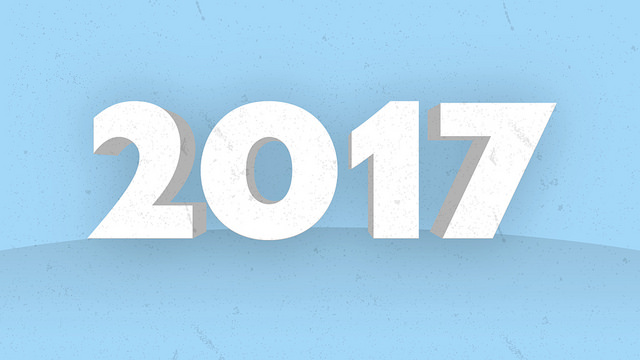Making 2017 “The Software Asset Management Year” for your Organization

Make 2017 “The SAM Year” for your Organization
Many organizations are overspending on Software and at the same time are at risk of non-compliance by not keeping their Software Assets & Usage under control.
Below provides an overview of key SAM Focus Areas worth tackling in 2017:
1. Know what is installed and used:
Organizations should frequently scan their entire server, mobile and client estate to understand what applications are running and are in use. Infrastructure as a Service (IaaS), Platform as a Service (PaaS) Software as a Service (SaaS) “The Cloud” needs to be included in this exercise. Data needs to be normalized with a SAM Tool to establish the effective license demand of an organization. Applications not used for a period of time should be de-installed from end-user devices to keep the SW baseline and run rate under control.
2. Know what you purchased:
One of the biggest challenges for global corporations is to have a full view of what SW licenses were purchased and are under maintenance. Centralization of negotiations and purchases for mega vendors will help to increase transparency, decrease cost and complexity. Using a global SW re-seller will help to further reduce the number of business relationships, thus reducing complexity. Implementing automatic interfaces (SKU based purchasing, SW Punch-Out Catalogues, ePurchase Orders, eInvoices and SW entitlement interface) together with a Software Asset Management Tool, will dramatically help to increase your visibility on your SW estate. Not knowing what was purchased directionally will lead to over-spend and under licensed situations and therefore should be avoided.
3. Optimize cost, manage compliance:
With the help of a SAM tool, organizations are in the position to match installation/usage data with entitlements, thus creating an effective license balance. Large global corporations can easily have 10+ million installation/usage data points and thousands of purchase orders containing the required license information. Investing in a SAM Tool or a SAM Managed Service to manage compliance and optimize cost is therefore advisable. Once the data gets collected actions should follow like infrastructure/installation optimization, de-installation of unused SW, re-negotiation of contracts, pooling of licenses, purchases to stay compliant.
4. Manage your SW portfolio and the SW lifecycle:
Large corporations tend to solve similar business problems with multiple SW solutions which essentially do the same thing. SW applications therefore should be grouped into SW classes and assigned to responsible associates with the objective to reduce redundant SW applications. Organizations should pay attention to life cycle management and frequent patching to avoid security pitfalls.
5. SAM Governance, Processes, Systems and People:
All of the above points should be accompanied by a SAM Governance Framework, documented processes and systems (scanners to detect installations, SW App-Portal to facilitate client and mobile app request and installation management, SAM and Portfolio Management Tool). Associates and 3rd party vendors need to be properly trained to keep the SAM Universe under Control.
Continuously managing and optimizing SW assets is a rewarding exercise. With Top Management Support it will reduce your SW baseline and run rate, decrease the security risk and reduce overall SW related operating costs. Get started and make 2017 “The SAM Year” for your Organization.

This article was contributed by Jochen Hagenlocher, Head of Software Asset Management at Fortune 100 Company and winner of the ‘ITAM Professional of the Year’ award in The ITAM Review Excellence Awards 2016.
Can’t find what you’re looking for?
More from ITAM News & Analysis
-
Software Vendor Insights: What do the numbers tell us about the opportunities for ITAM negotiations?
What software vendor insights can be gained from the latest financial results from Amazon, Google, Broadcom, Salesforce, IBM and SAP? An important part of ITAM is paying close attention to the health of the companies we ... -
Flexera is first SAM tool vendor verified for Oracle E-Business Suite applications
Flexera has announced that it has been verified as the first software asset management (SAM) tool vendor for Oracle E-Business Suite applications. Almost anyone with an Oracle estate will be familiar with the company’s License Management ... -
ITAMantics - March 2024
Welcome to the March 2024 edition of ITAMantics, where George, Rich and Ryan discuss the month’s ITAM news. Up for discussion this month are. Listen to the full ITAMantics podcast above or queue it up from ...